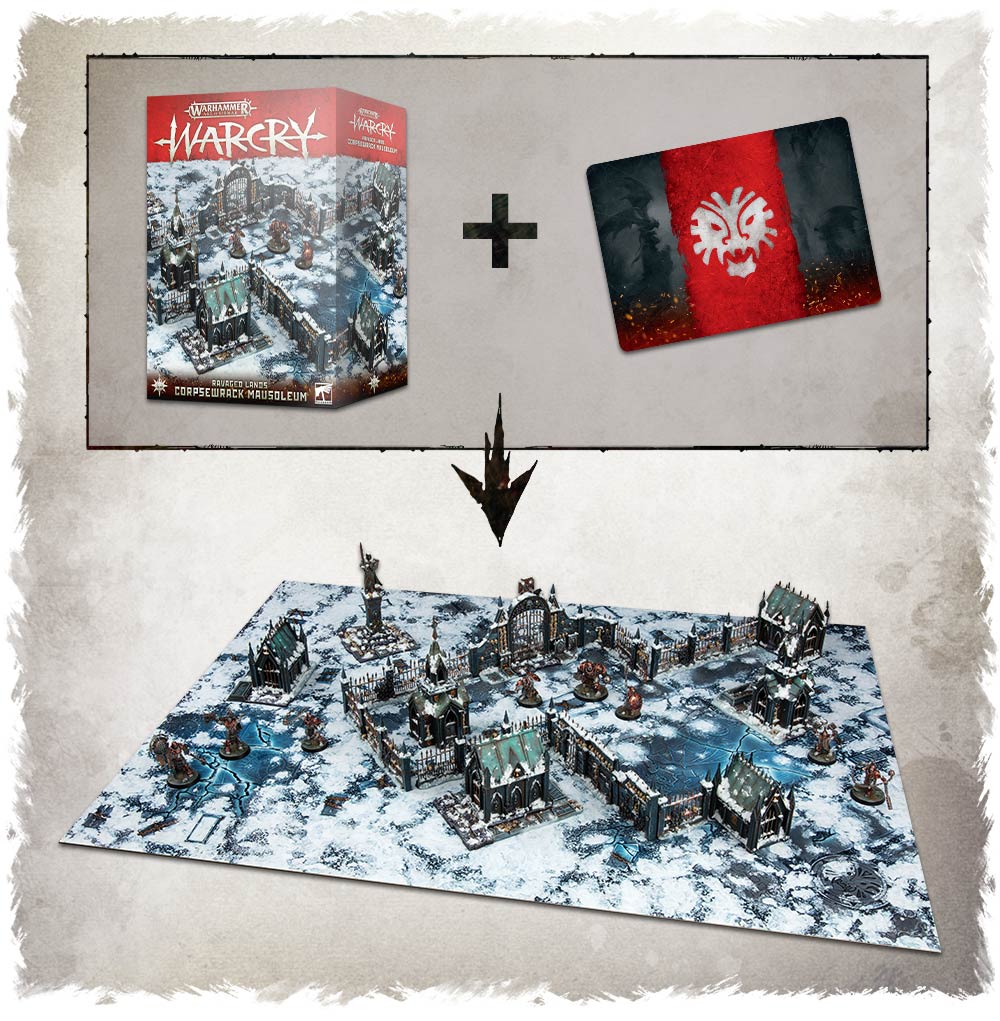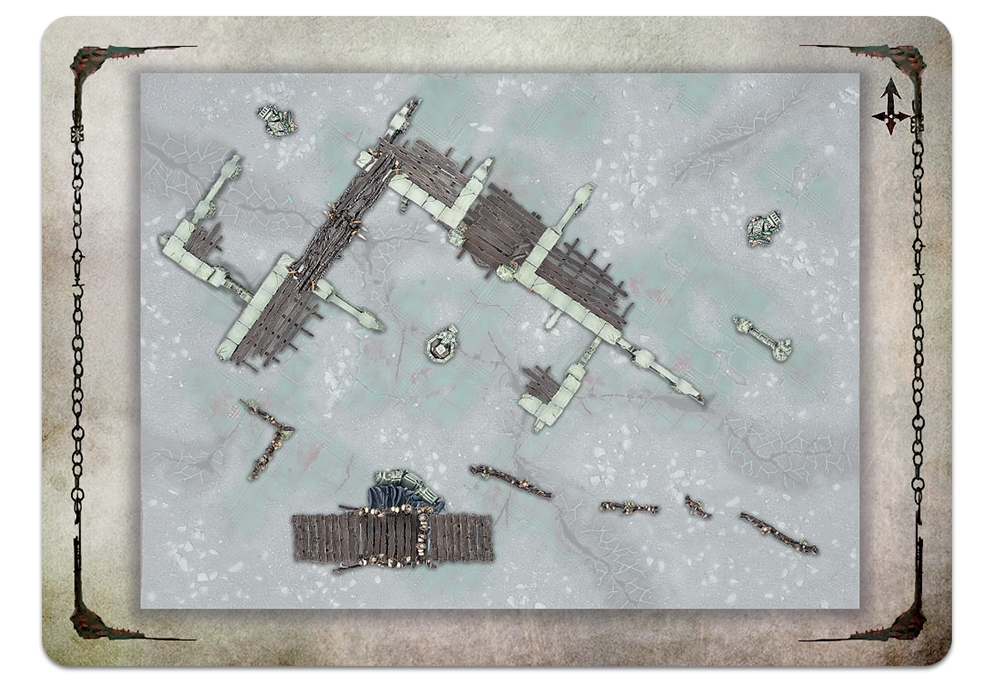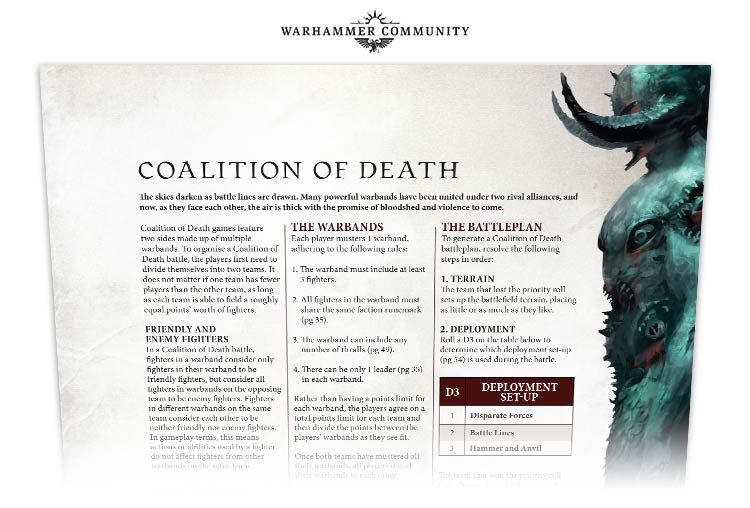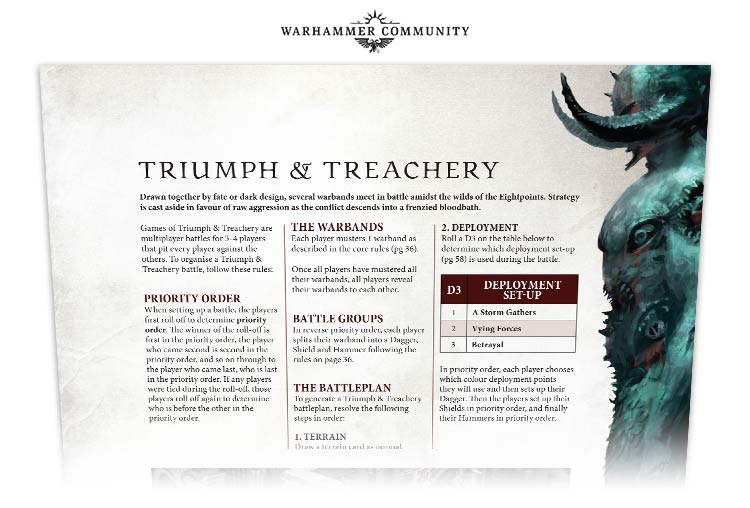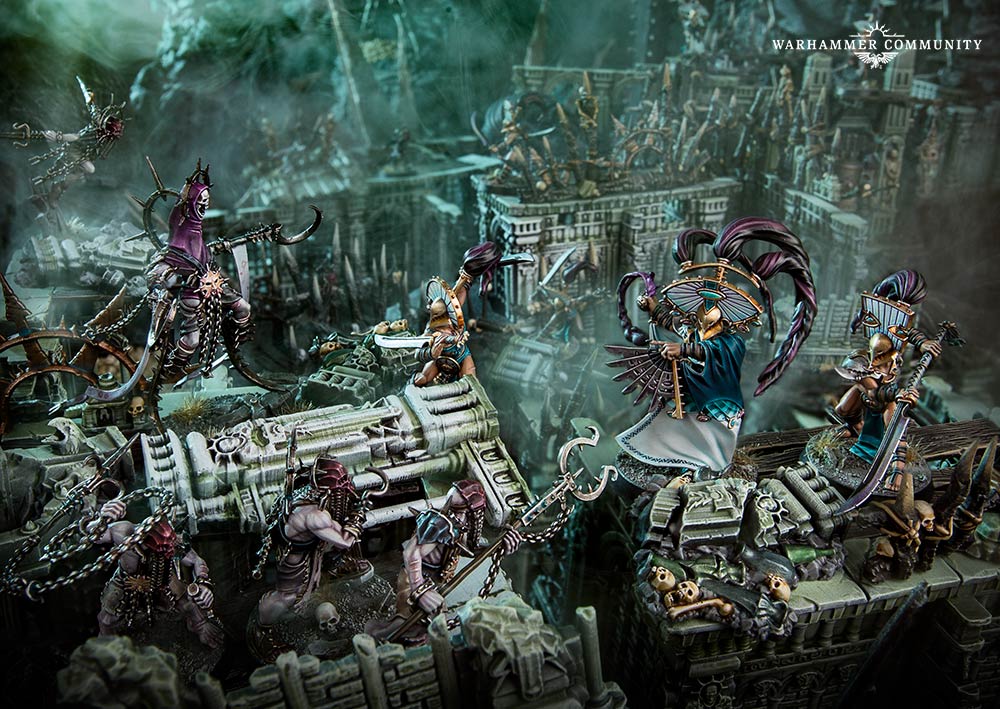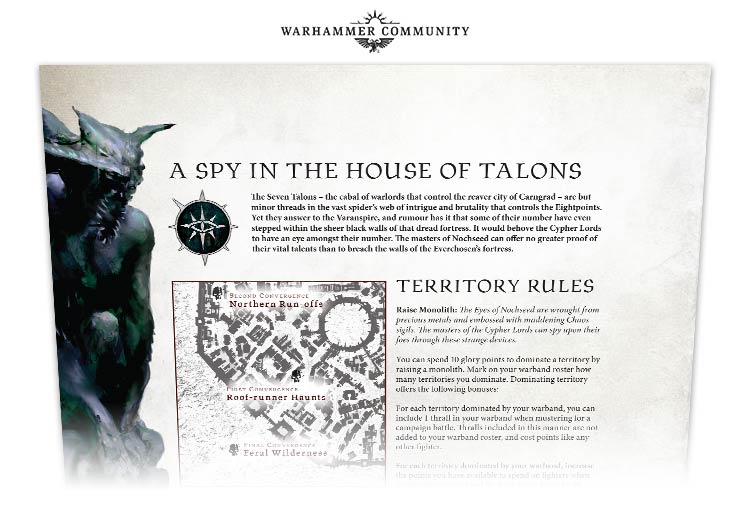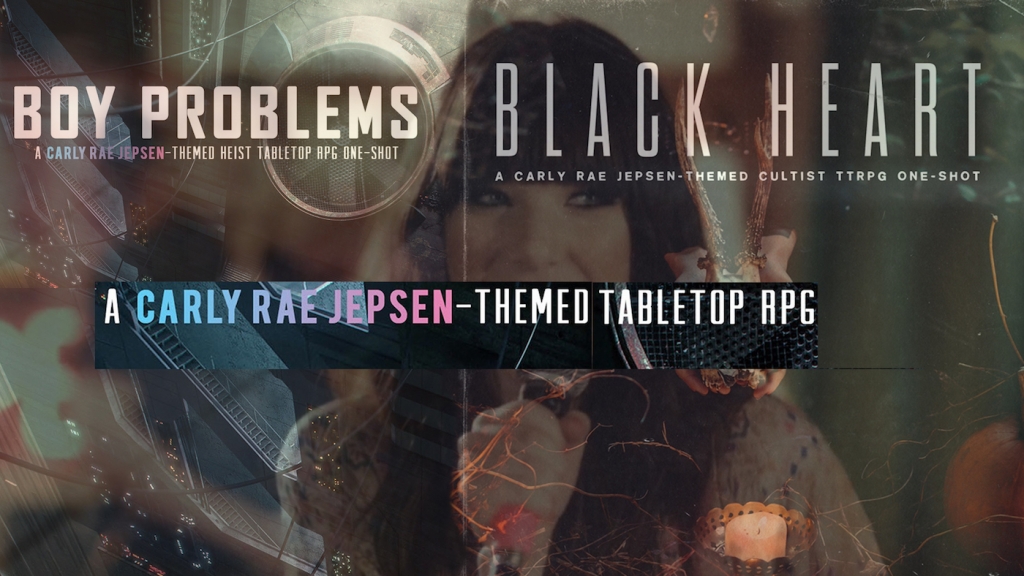AoS: How To Set Up And Play A Game Of Warcry
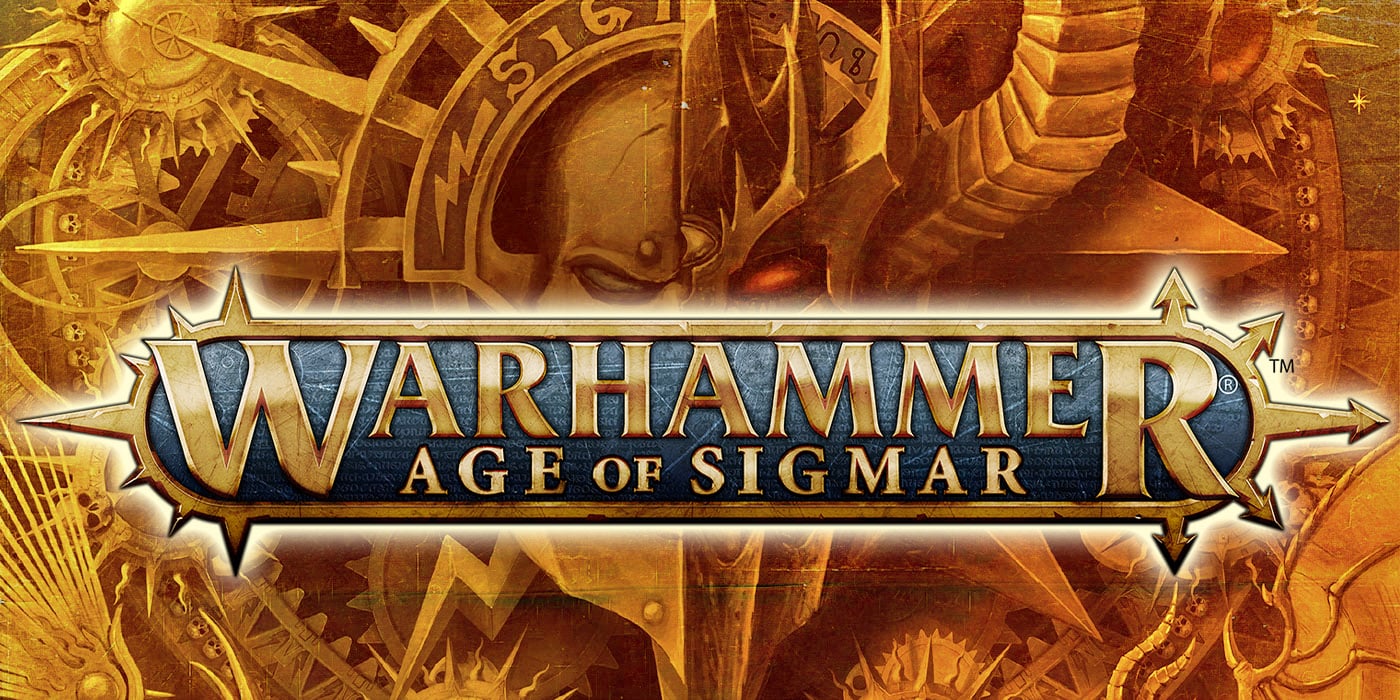

We’re back with another Warcry Preview, and today we’re taking a look at the unique way you’ll set up a game of Warcry, whichever mode you’re playing.
Strap in folks, today we’re taking a look at the different ways you set up a game of Warcry. It’s an interesting method–you can feel the tighter control over the game in the design of it. Terrain is set up in a predetermined fashion, making for scenarios that the designers can balance for. It feels very much in line with the new Let’s take a look.
via Warhammer Community
Using a Ravaged Lands terrain set (like the Corpsewrack Mausoleum), or the Ruined City terrain from the Starter Set, you’ll be able to put together tactically balanced battlefields in moments. Just place your gaming board, draw a terrain card, and you’re done. Warcry is designed to be played on a 22″ by 30″ board, making it easy to find space for – you’ll be able to grab a game on your coffee table at home, on your lunch break at work, or anywhere else you fancy.
Games of Warcry are smaller in scope, meant to be played with an emphasis on getting to the action. And, as this is a GW game, there are, as you might expect three ways to play: Open, Narrative, and Matched. We’ve got a look at some of the support for each mode right here.
On the Open Play side of things, modes like Coalition of Death allow for multiplayer games of Warcry where you’ll have teams of players crashing headlong into each other.
While Triumph and Treachery is basically death match mode, where multiple warbands engage in a deadly free for all.
On the Matched Play side of things, you’ll find pitched battle battleplans and rules for tightly-balanced tournament play, which seems to be the direction GW is pushing their smaller games into hardcore, between Underworlds, Kill Team, and now Warcry.
Warcry Battleplans are generated using battleplan cards, offering millions of potential combinations. Some victory and deployment cards have the Symmetrical runemark, meaning they affect both Warbands equally – when you’re having a matched play game, you simply remove victory and deployment cards without this runemark to ensure both Warbands get off to a fair start. A set of Pitched Battle battleplans are also aimed at providing a tightly balanced tournament experience.
Advertisement
And then there’s Narrative Play aka this is where we put the Campaign rules. But there’s more–it seems like there are a few story campaigns included in the setting. You might choose a Campaign Quest for one of your warbands that spirals into a bigger story as your Warband’s journey unfolds.
After mustering your warband, you’ll choose a campaign quest from a set of bespoke stories tailored to each faction. A Spy in the House Of Talons, for instance, sees the Cypher Lords attempt to infiltrate Carngrad, one of the Bloodwind Spoil’s largest cities, while in Seekers of the Chalice, the deranged Flesh-eater Courts set out on what they think is a holy mission. Each campaign quest has its own unique rewards, offering you powerful artefacts to equip to your fighters to reward you for your efforts.
And there’s more. Each of these Campaign Quests seems designed to fit in with the others. So your fellow players are all going through their own “story mode” as they come together in special “convergences” which are battles designed to give some narrative heft to your missions.
It’s a whole new way for GW to do stories, and I think it’s one well worth keeping an eye on. These mechanics could do wonders for 40K.
Warcry is up for pre-order this weekend!

